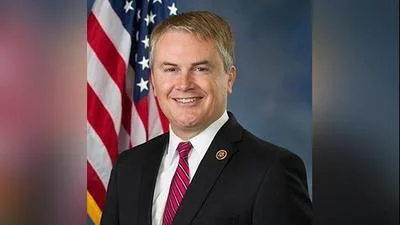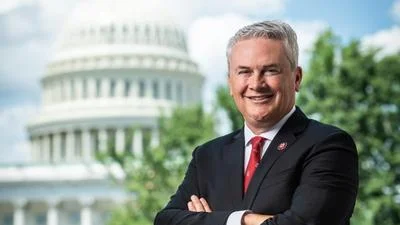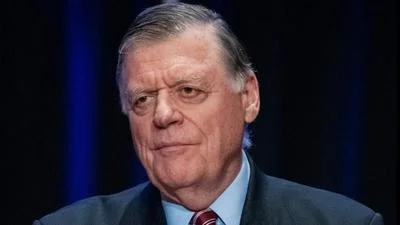Energy and Commerce Chairman Frank Pallone, Jr. (D-NJ) delivered the following opening remarks today at a Consumer Protection and Commerce Subcommittee hearing titled, "Changing Times: Revisiting Spring Forward, Fall Back:"
This weekend, we will once again spring forward – changing our clocks forward one hour. It’s a weekend that makes a lot of us unhappy. The loss of that one hour of sleep seems to impact us for days afterwards. It also can cause havoc on the sleeping patterns of our kids and our pets. This is all an inconvenience, but unfortunately the changing of our clocks can have impacts on our health and our economy.
Which begs the question – why do we still spring forward and fall back in the first place? It’s a question that many of us ask every time we have to do it. And it’s getting harder and harder to justify considering that in a 2019 poll, 71 percent of Americans said they prefer to no longer switch their clocks twice a year.
Today, we will examine the impacts of this time change, and whether it still makes sense or is obsolete.
Historians have long debated who first came up with the idea of Daylight Saving Time, but it was first adopted nation-wide in Germany during World War I in an effort to save energy. During World War II, the United States adopted year-round Daylight Saving Time, known as “War Time,” in an effort to save energy and increase productivity.
Over the years numerous justifications were made for changing our clocks twice a year, most commonly and notably energy conservation. It was believed that extending light into the evening hours would help consumers pay less for electricity because they would not have to turn on the lights until later in the evening. However, modern luxuries, such as heating, air conditioning, and other appliances have changed that calculation. Furthermore, advancements in LED lighting and other energy efficient appliances are not only saving consumers money but they are virtually making the energy conservation justification moot and outdated.
And it becomes harder to justify when you consider the health and economic impacts associated with changing our clocks.
Studies have shown an increase in the rate of heart attacks and strokes in the two days immediately following the time change. Disturbingly, these stroke rates are even higher for some of our most vulnerable populations – cancer patients stroke rates increase by 25 percent, and people over the age of 65 are 20 percent more likely to have a stroke in the days following the time change.
Our children also suffer. Study after study shows the importance of a consistent full night sleep for our kids.
The time change also impacts our economy. Employers report an almost six percent increase in workplace injuries in the days following the time change, and those injuries resulted in 67 percent more workdays lost.
Studies have also shown that people simply are not as productive at work in the days following the time change – spending more time on their computer on non-work related activities. All of these side effects hurt our economy.
I’ve highlighted a couple of studies, but the Committee would like to know more. That’s why Ranking Member Rodgers and I intend to request an evaluation and analysis from the Department of Transportation (DOT) about the effects of Daylight Saving Time. This review, as well as this hearing, will help our Committee as we examine this important issue.
While I have yet to decide whether I support a permanent switch to Standard or Daylight Saving Time, it’s time we stop changing our clocks. I believe that any justifications for springing forward and falling back are either outdated or are outweighed by the serious health and economic impacts we now know are associated with the time changes.
I thank the witnesses for being with us today, and I look forward to hearing your perspectives on this issue.
Original source can be found here.









